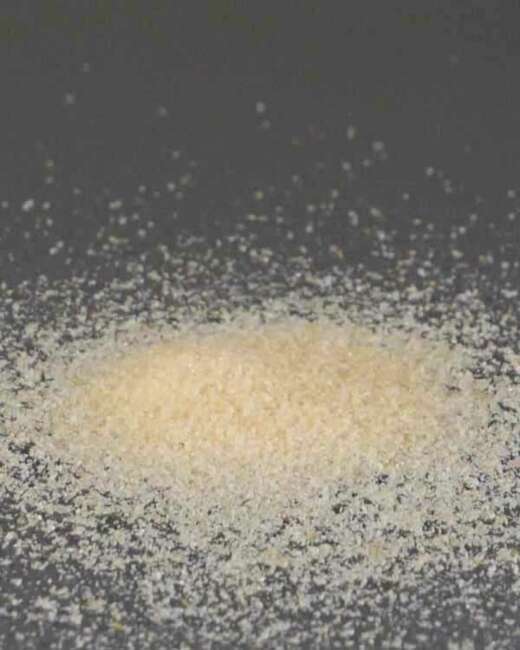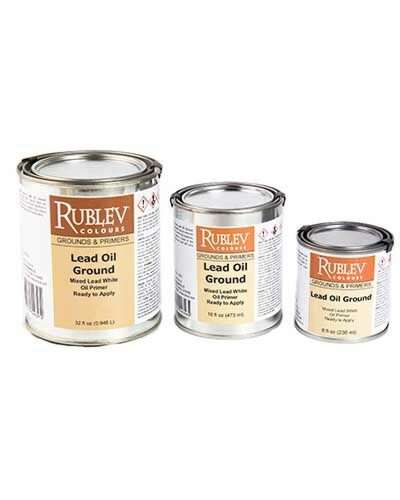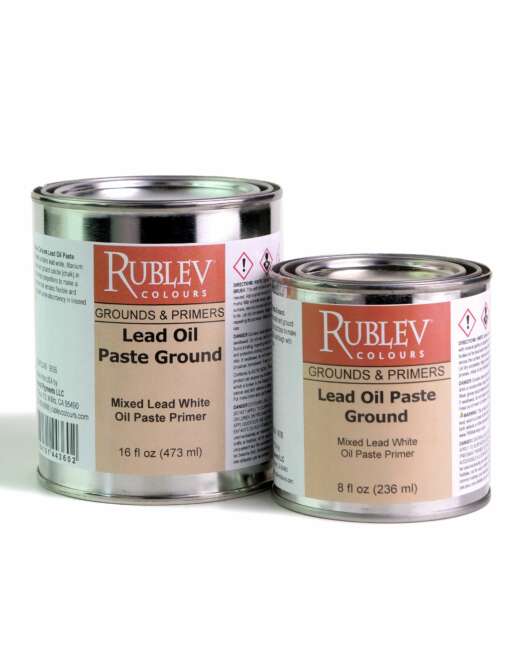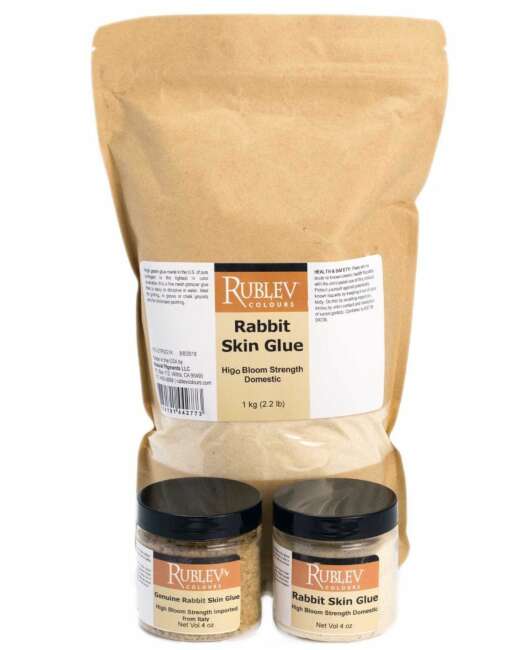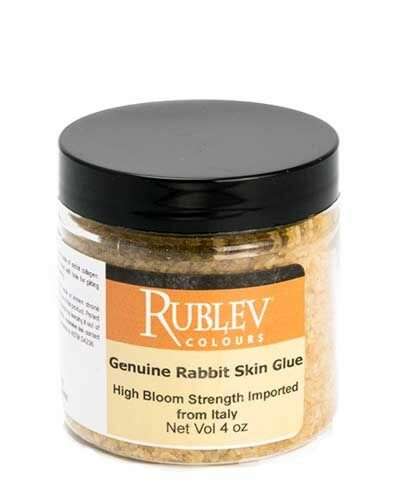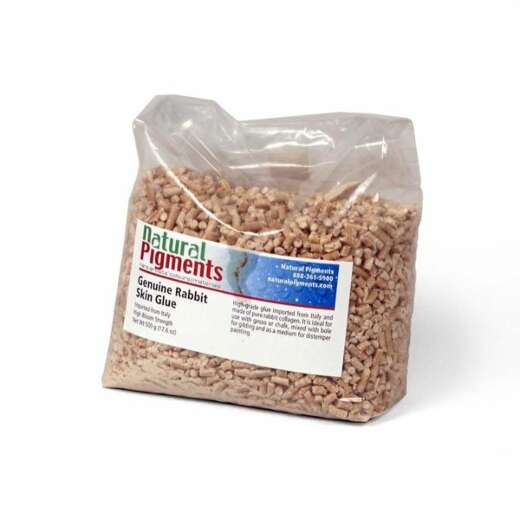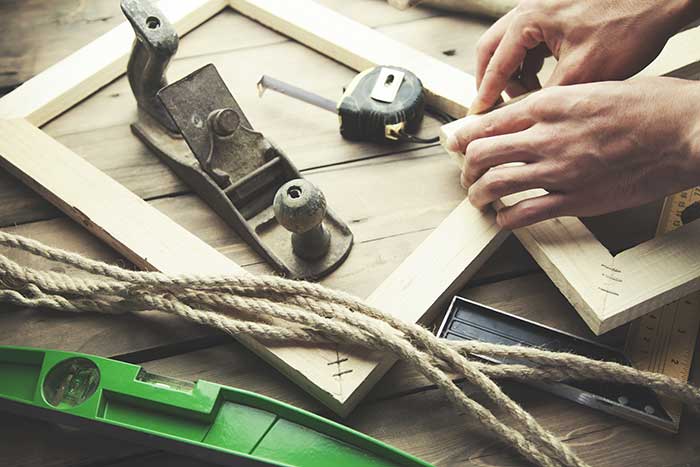
This traditional method of preparing canvas supports for oil painting uses rabbit skin size (animal collagen glue) and oil ground. Herein briefly is the process of preparing a picture canvas for painting:
-
Stretch the canvas by hand upon a stretcher or strainer frame, wet it well with clean water, and afterward dry it thoroughly.
-
Stretch it a second time.
-
Rub the face of the canvas with a pumice stone to remove knots or irregularities in the weave.
-
Apply two coats of animal collagen glue to the entire canvas and let it dry.
-
Apply the ground to the canvas over the face with a brush, palette knife, or trowel, which is preferable for those who can use it.
-
After the canvas has had sufficient time to dry, scrape off from the back any ground that may have passed through the canvas.
-
Repeat a second coat on the face, leaving it as smooth as possible.
-
When the oil ground is “hard dry,” rub it smooth with a piece of pumice stone and a little water to remove bumps in the ground. Be careful to avoid breathing the dust and to be sure and dispose of dust properly.

Rabbit Skin Glue
Preparing Collagen Glue Size
Recipe
7 parts Rabbit Skin Glue
100 parts Water
Preparation
Weigh the dry rabbit skin glue and soak it for a few hours in water. Heat the glue and water mixture gently in a double boiler to 57° C (135° F), ensuring it does not boil. Too much heat destroys the strength of collagen glues, so do not allow the heat to exceed 65° C (150° F).
The gel strength of collagen glue varies so that the above formula of seven parts by weight of glue to 100 parts by weight of water is not rigid. To test the appropriate glue strength, allow it to cool to room temperature. If the glue solution barely forms a gel (the consistency of soft jelly), it is the correct strength. If it remains a liquid, there is too much water. If it sets to a stiff gel, there is too much glue. More water must be added.
Sizing Canvas
Take a well-stretched raw linen canvas that has already been pre-stretched and rubbed with flat pumice-stone (see the notes in Canvas), lay it flat on a table, and with a wide thin flat brush apply (see the notes in Brush) the glue solution to the canvas by brushing it on lightly, covering the entire canvas as evenly as possible. Most canvases are far too heavily sized. Ideally, the glue should go just halfway through the canvas, but this isn’t easy to achieve in practice. A certain amount always soaks all the way through. Load the brush each time with as little glue as possible. Do not scrub the canvas with a brush heavily loaded with glue. It becomes too brittle when dry and is liable to cause the ground to crack.
Set the canvas to dry, never in direct sunlight or by a stove, for at least 24 hours, better two or three days, then rub it lightly again with the pumice-stone but only enough to soften the surface a trifle and raise a little nap. It is then ready for the ground.
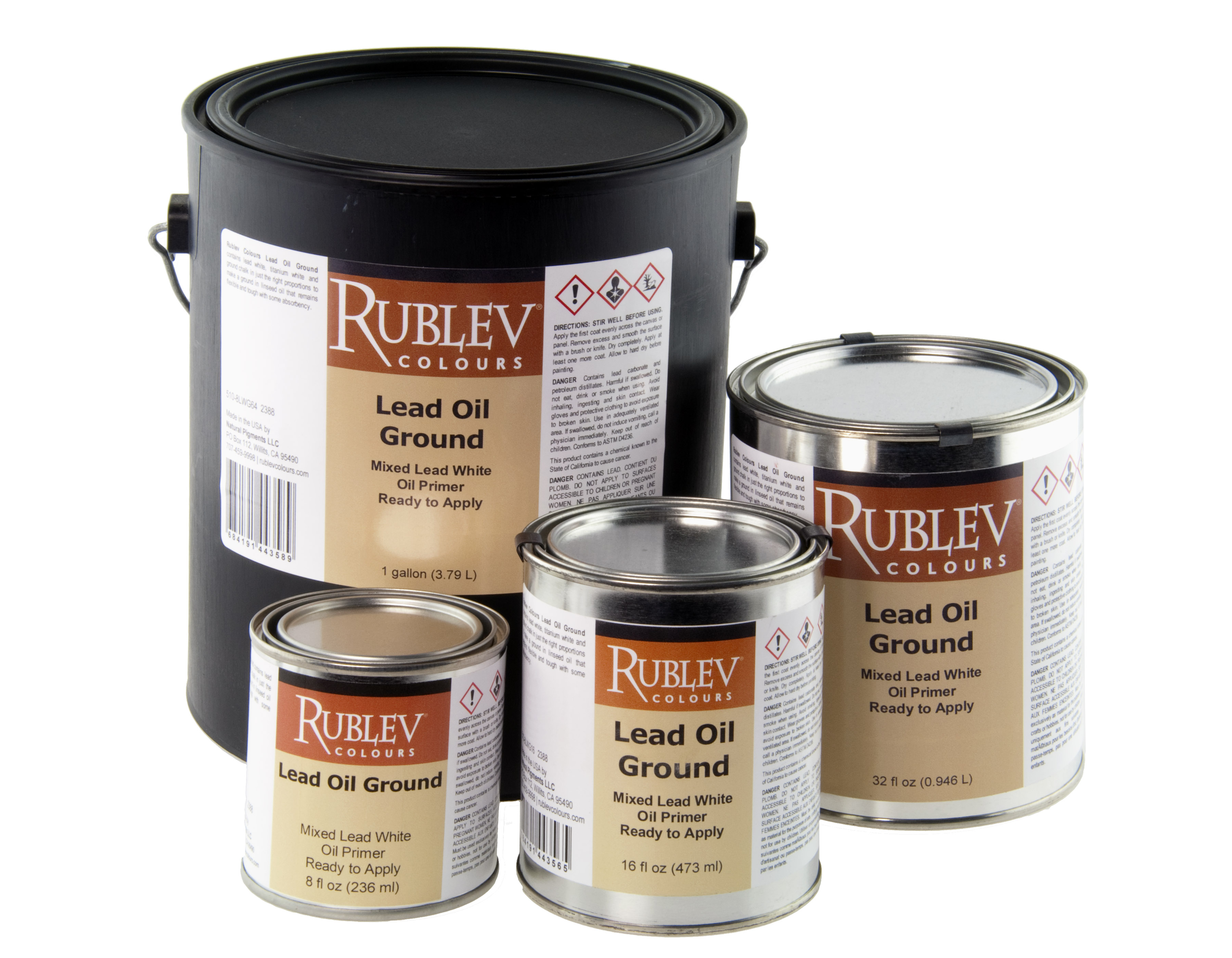
Lead Oil Ground
Applying the Ground to Canvas
Lay the canvas flat and apply a thin coat of the ground with the same type of brush used for the sizing. Take care not to load the brush with too much liquid ground. As in the sizing, the ground should go only halfway through the canvas and not soak through. Do not apply it thickly or scrub it onto the canvas.
As soon as the canvas is evenly covered, take a scraper (see notes in Scraper) and lightly scrape it, making long steady strokes with it first lengthways, each stroke the entire length of the canvas, and then sideways, at right angles to the first scraping, each stroke the entire width of the canvas. This should be enough scraping, but if there seem to be spots where there is still too much ground, scrape it again lengthways and again sideways. If there is a tiny spot or two where the canvas shows through the ground, this can be touched up with a drop of ground on the finger, but do so quickly, for the ground sets very soon into a state where it is liable to pull off or roughen if touched or rubbed.
Allow the first coat to dry before applying the second. Allow this ground to dry for at least ten days, better two or three weeks, before using.
When dry, test it for flexibility by pressing with the finger from behind the canvas. The ground should not crack under moderate pressure.
If you want a heavier ground, wait until each layer is dried before applying additional coats of the ground with the brush, and scrape as before.
Notes
Canvas
The best traditional canvas of all for painting is unbleached hand-made linen. The more your canvas approaches this material’s qualities, the better. The next best material is hemp or a combination of hemp and linen. Cotton canvases should be avoided.
A good canvas should stretch as little as possible; i.e., it should not “give” when pulled strongly lengthways or sideways.
The canvas should not be too tightly woven so that the ground cannot penetrate it far enough to ensure it’s holding permanently to the canvas. The grain should be open, but not too open.
If there is any starch or other coating material on the canvas, thoroughly wash it before stretching.
All canvas, once stretched, should be rubbed with a piece of fine-grained flat pumice stone. Rub lightly and evenly over the canvas in a circular motion until it feels smooth and velvety to the palm. This raises a fine nap or fuzz that significantly improves the surface of the canvas and makes the glue solution and the ground adhere better. All lumps and knots should be rubbed down with the pumice as much as possible, but be careful not to rub through any of the threads, which may later start a “run.”
Stretching Canvas
In stretching a canvas, care should be taken to avoid any diagonal strains. The pull should be straight along the threads’ direction, lengthways, and sideways. When stretched, run your hand over the surface. If the canvas feels soft in spots, these parts should be carefully re-stretched until the tension is perfectly even.
Stretcher Bars
The typical stretchers sold in most art stores are too flimsy and weak. A strong canvas well stretched on such stretchers soon pulls and warps them out of shape. This is not good, as paint tends to become brittle with time, so re-stretching the canvas may cause it to crack and flake off the canvas. Good canvas properly stretched on strong stretchers should keep its tension. Keyed stretchers are convenient but do not provide the best adjustment as canvas loses tension upon aging.
Tacks or Staples
Typical iron tacks soon begin to rust, and if your pictures are exposed to the slightest dampness, the rust under the heads of the tacks eats away or rots the canvas until it easily pulls over the tacks, and the whole canvas must be re-stretched. For this reason, copper-cladded steel tacks are best. Staples made of Monel® alloy are best since they are corrosion resistant.
Brush
A wide thin brush, such as used for house paint to apply thin paint to walls, is suitable for applying the glue solution and the grounds. It should be four to six inches wide and about a quarter of an inch thick with bristles about two inches long. Whether the hairs of the brush are natural hog bristle or nylon depends on what is available. Still, we have found a natural hog bristle brush to be best because the natural bristles have split ends (called ‘flagged’ bristles) that hold the liquid ground better and give you better control of the brush strokes.
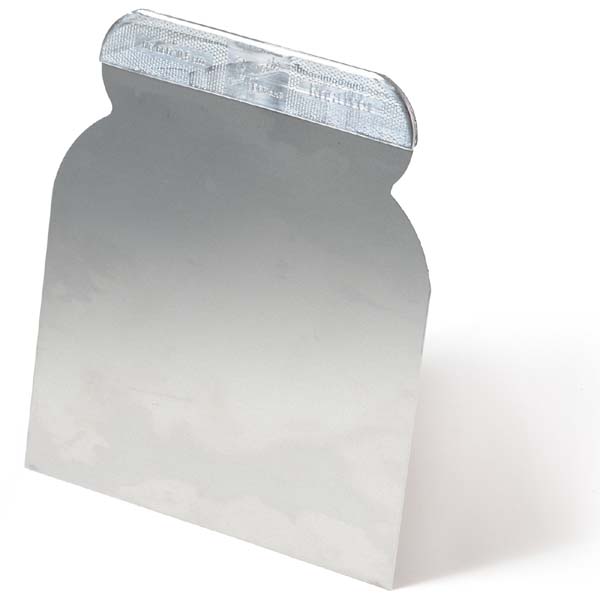
Surface Knife (105 mm wide)
Scraper
Use a putty or broad knife, 80 to 105 mm (3 to 4 inches) wide, to scrape the canvas after each coat of ground. You can find these in any hardware store. We have found the best results using a so-called “Japan Scraper” or surface knife (see above).



